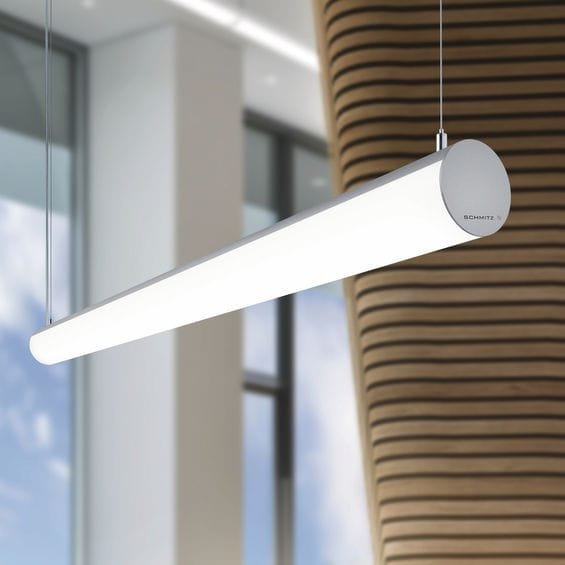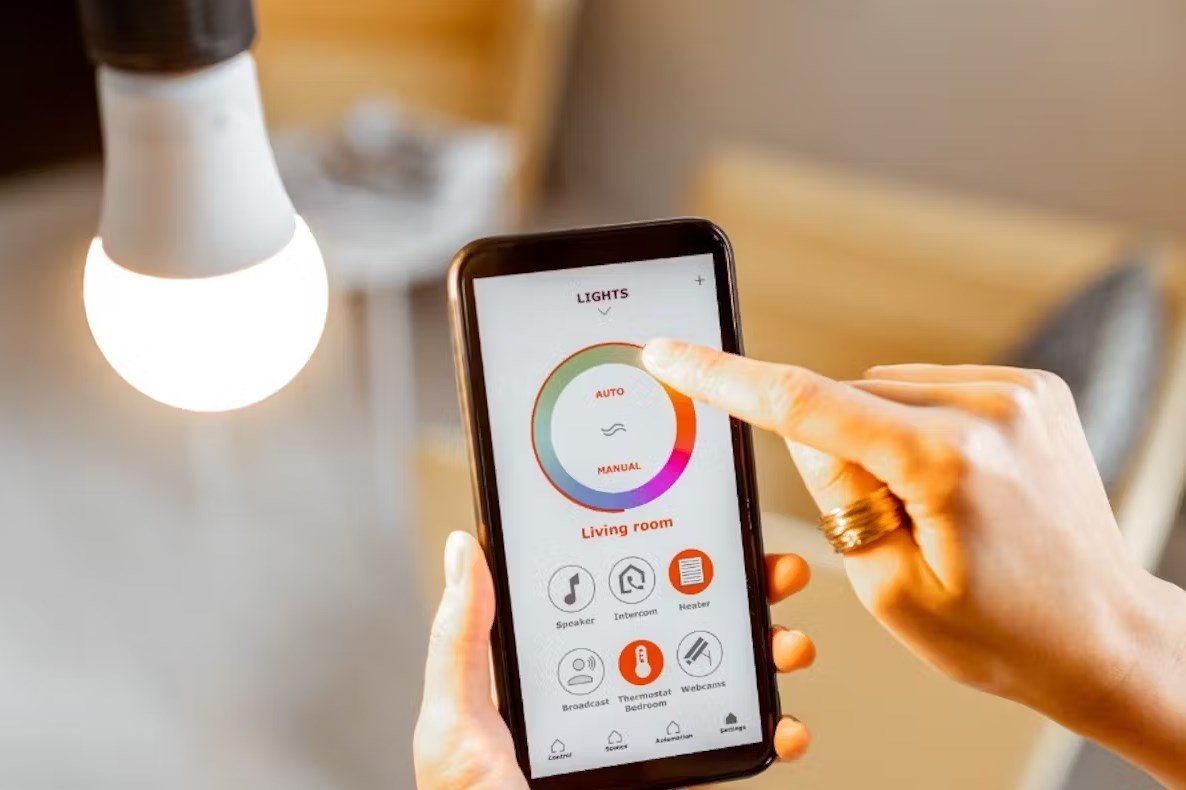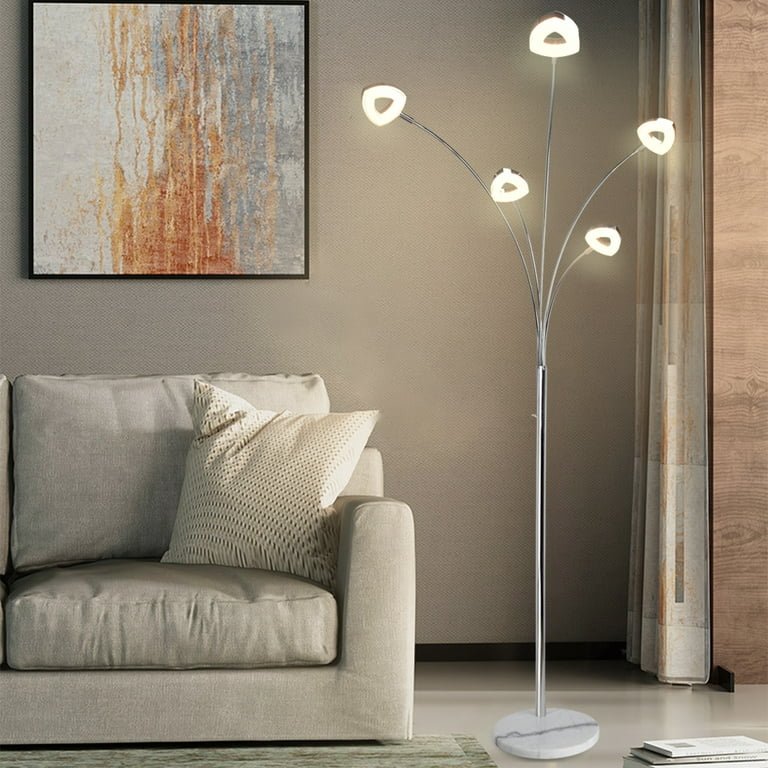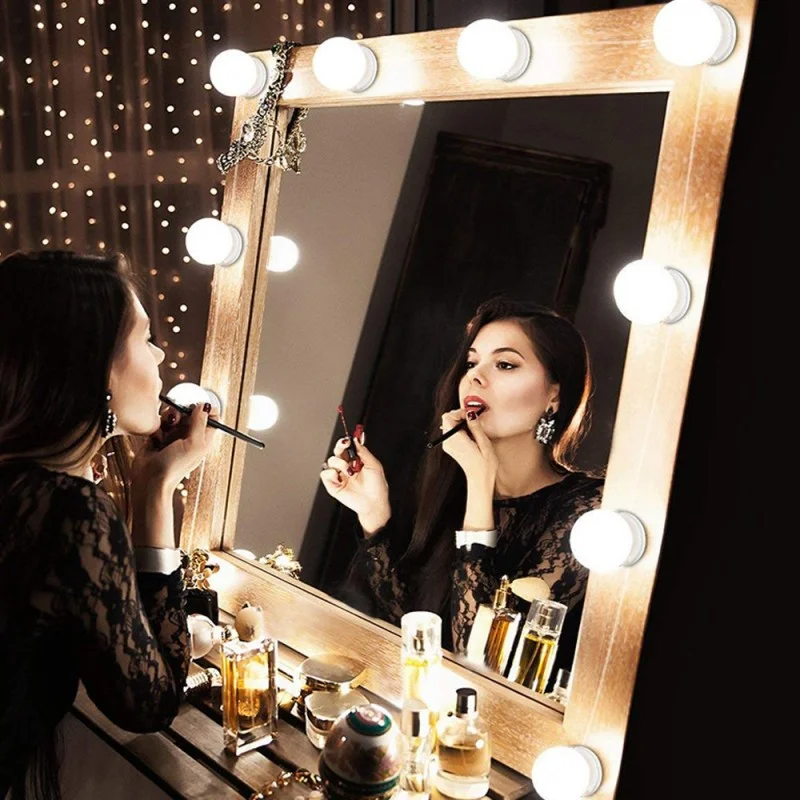Lighting technology has come a long way over the years, with the humble incandescent light bulb being replaced by more energy-efficient and durable options. One of the most significant advancements in lighting technology has been the development of LED tube lights.
These lights offer numerous benefits over traditional fluorescent tube lights, making them an increasingly popular choice for both residential and commercial lighting solutions.
Advantages of LED Tube Lights
LED tube lights have several advantages that make them the preferred choice for many consumers. One of the most significant benefits of LED tube lights is their energy efficiency.
Compared to traditional fluorescent tube lights, LED tube lights consume significantly less energy, which can result in substantial cost savings over time.
Additionally, LED tube lights have a longer lifespan, meaning they need to be replaced less frequently, reducing maintenance costs.
Another advantage of LED tube lights is their durability. Unlike traditional fluorescent tube lights, LED tube lights are not made of glass and are less prone to breakage.
This makes them an ideal choice for environments where vibration or impact may occur, such as in industrial settings or areas with high foot traffic.
LED tube lights also offer superior light quality, with options for dimmable and color-adjustable models.
This flexibility allows for customizable lighting solutions to suit various preferences and applications. Furthermore, LED tube lights do not contain hazardous materials such as mercury, making them environmentally friendly and easier to dispose of at the end of their lifespan.
Choosing the Best LED Tube Light
When selecting the best LED tube light for your needs, there are several factors to consider. The first consideration is the type of LED tube light.
There are direct wire LED tube lights, which require the existing ballast to be bypassed during installation, and plug-and-play LED tube lights, which can be installed without any modification to the existing fixture.
Understanding the compatibility of these options with your current lighting setup is crucial in making the right choice.
It is also essential to consider the color temperature of the LED tube light. This refers to the warmth or coolness of the light emitted. Common color temperatures for LED tube lights include warm white, cool white, and daylight.
The choice of color temperature can significantly impact the ambiance and functionality of the lighting, so it’s important to select a color temperature that aligns with the intended use of the space.
Furthermore, the brightness of the LED tube light, measured in lumens, should be taken into account. Different applications may require varying levels of brightness, so understanding the lumen output of the LED tube light is crucial in achieving the desired lighting effect.
Additionally, it’s important to consider the beam angle of the LED tube light, especially in settings where directional lighting is necessary. The beam angle determines the spread of light from the fixture and can influence the distribution of light in the space.
Top Brands and Products
Several reputable brands offer a range of high-quality LED tube lights to cater to diverse lighting needs. One of the top brands in the LED lighting industry is Philips. Philips LED tube lights are known for their reliability, energy efficiency, and superior light output.
The Philips T8 LED tube light series, for instance, offers a wide selection of options, including varying lengths, color temperatures, and lumen outputs to accommodate different environments and applications.
Another leading brand in the LED lighting market is GE Lighting. GE’s LED tube lights are designed to deliver exceptional performance and energy savings.
The GE UltraStart series, for example, features instant-on technology and is compatible with existing fluorescent ballasts, providing a convenient and efficient upgrade to LED lighting.
For those seeking innovative LED tube light solutions, Toggled stands out as a pioneering brand. Toggled LED tube lights are designed with advanced technology for maximum energy efficiency and longevity.
The Toggled Direct-Wire LED tube lights offer a simple installation process and are engineered for optimal performance without the need for an external ballast.
Additionally, Cree Lighting is recognized for its commitment to producing high-quality LED lighting products.
The Cree T8 series of LED tube lights is designed to deliver superior color quality and consistency, making them suitable for various applications, including retail, hospitality, and office environments.
Lighting Design Considerations for LED Tube Lights

When it comes to incorporating LED tube lights into a lighting design, there are several factors to consider to ensure optimal performance and aesthetics. One crucial element is the layout and placement of the LED tube lights within the space.
Factors such as the size and shape of the room, the height of the ceilings, and the desired lighting levels should all be taken into account when determining the appropriate placement and spacing of the LED tube lights.
In addition to the physical layout, the color temperature and color rendering index (CRI) of the LED tube lights should also be carefully selected to create the desired ambiance and illuminate the space effectively.
The color temperature, measured in Kelvins (K), can range from warm, cozy tones to cooler, more energizing hues. The CRI, on the other hand, measures the ability of a light source to accurately render colors compared to natural daylight, with a higher CRI indicating more accurate color representation.
Integrating LED tube lights into a comprehensive lighting design can also involve the use of dimmable controls and sensors to further enhance energy efficiency and user experience.
Dimmable LED tube lights allow for adjustable lighting levels, enabling users to create the perfect atmosphere for various tasks and activities.
Sensor-enabled LED tube lights can also automatically adjust lighting levels based on factors such as occupancy and ambient light, ensuring efficient and responsive lighting solutions.
Energy Efficiency and Cost Savings with LED Tube Lights
One of the most significant advantages of LED tube lights is their exceptional energy efficiency, which can result in substantial cost savings for both residential and commercial users.
Compared to traditional fluorescent tube lights, LED tube lights typically consume up to 50% less energy, making them a more sustainable and cost-effective lighting solution.
The energy efficiency of LED tube lights is primarily due to their superior technology. Unlike fluorescent tubes, which rely on the excitation of gas to produce light, LED tube lights use semiconductor diodes that emit light when an electric current is applied.
This process is much more efficient, with less energy lost as heat, resulting in a higher percentage of the energy input being converted into usable light output.
Furthermore, LED tube lights have a significantly longer lifespan than their fluorescent counterparts. While traditional fluorescent tube lights may last for a few thousand hours, LED tube lights can have a lifespan of up to 50,000 hours or more.
This extended lifespan not only reduces the need for frequent replacements but also minimizes maintenance costs, making LED tube lights a more cost-effective lighting solution in the long run.
The energy efficiency and extended lifespan of LED tube lights can translate into significant cost savings for users.
By replacing traditional fluorescent tube lights with LED tube lights, businesses and homeowners can expect to see a reduction in their energy bills, as well as a decrease in the frequency and cost of replacement bulbs.
This can result in substantial long-term savings, making LED tube lights a wise investment for those seeking to optimize their lighting setup and reduce their environmental impact.
Environmental Benefits of LED Tube Lights
In addition to the cost-saving benefits, LED tube lights also offer significant environmental advantages over traditional lighting technologies. One of the primary environmental benefits of LED tube lights is their lack of hazardous materials, such as mercury, which are commonly found in fluorescent tube lights.
Fluorescent tube lights contain small amounts of mercury, a harmful substance that can have adverse effects on human health and the environment if not properly disposed of.
The presence of mercury in fluorescent tube lights can complicate the recycling process and poses a risk of contamination during disposal. In contrast, LED tube lights are completely mercury-free, making them a more environmentally friendly option.
Furthermore, the energy efficiency of LED tube lights directly contributes to their environmental benefits. By consuming less energy, LED tube lights reduce the demand for electricity generated from fossil fuels, which are a major source of greenhouse gas emissions and other pollutants.
The reduced energy consumption of LED tube lights can also lead to lower carbon footprints and smaller environmental impact, making them a more sustainable choice for lighting solutions.
Another environmental advantage of LED tube lights is their recyclability. Unlike traditional fluorescent tube lights, which can be challenging to recycle due to the presence of hazardous materials, LED tube lights can be easily disassembled and their components can be reused or recycled at the end of their lifespan.
This helps to minimize waste and promote a more circular economy, where resources are reused and repurposed rather than ending up in landfills or the environment.
By choosing LED tube lights, consumers can not only enjoy the cost savings and performance benefits but also contribute to a more sustainable future by reducing their environmental impact and supporting eco-friendly lighting solutions.
Emerging Trends and Future of LED Tube Lights
As the lighting industry continues to evolve, LED tube lights are at the forefront of innovative advancements that are shaping the future of illumination. One of the emerging trends in the LED tube light market is the integration of smart technology and connectivity.
Smart LED tube lights are designed to be integrated with various home automation and building management systems, allowing for seamless control and customization of lighting settings.
These smart LED tube lights can be remotely controlled via smartphone apps or voice commands, enabling users to adjust the brightness, color temperature, and even scheduling of the lights to suit their preferences and needs.
Another trend in the LED tube light market is the development of more versatile and adaptable designs. Manufacturers are introducing LED tube lights that can be easily installed in a variety of settings, including both new construction and retrofit applications.
This flexibility allows for a wider range of installation options, making LED tube lights an attractive choice for both commercial and residential projects.
Additionally, the ongoing research and development in LED technology is leading to even more energy-efficient and high-performance LED tube lights.
Advancements in semiconductor materials, driver circuitry, and thermal management are enabling the creation of LED tube lights with higher lumens per watt, prolonged lifespan, and enhanced light quality.
These improvements further solidify the position of LED tube lights as the preferred choice for energy-conscious consumers and environmentally-friendly lighting solutions.
Looking ahead, the future of LED tube lights is expected to be shaped by the integration of advanced features, such as tunable color temperature, intelligent sensors, and integrated IoT (Internet of Things) connectivity.
These advancements will allow for personalized lighting experiences, optimized energy usage, and seamless integration with smart home and building management systems.
As the demand for energy-efficient and sustainable lighting solutions continues to grow, LED tube lights are well-positioned to play a pivotal role in the future of illumination.
With their continuous technological advancements, versatility, and environmental benefits, LED tube lights are poised to become the standard in lighting for both residential and commercial applications in the years to come.
Conclusion
LED tube lights have revolutionized the lighting industry with their energy efficiency, durability, and superior performance.
When choosing the best LED tube light for your specific needs, it’s essential to consider factors such as type, color temperature, brightness, and beam angle to ensure the optimal lighting solution.
With a wide range of top brands and products available, consumers can find the perfect LED tube light to enhance their living or working spaces with quality illumination and long-term cost savings.









